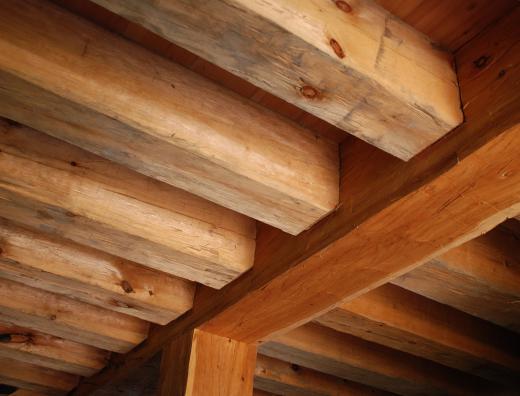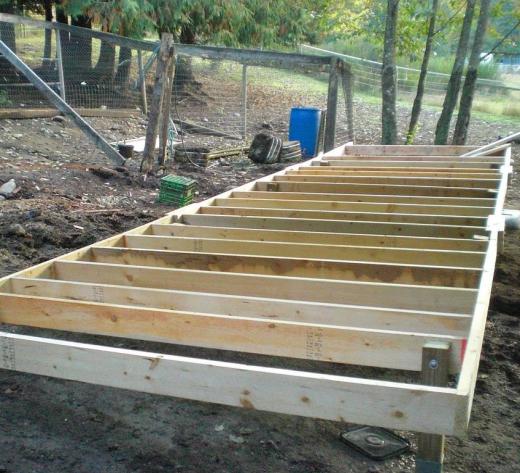Joist spacing is extremely important to any type of construction effort. Whether the task is building an outside deck or configuring the framework that will support interior flooring in a house or other type of building, understanding what type of joist span will provide optimum support goes a long way toward making the structure stable and viable. There are several factors to keep in mind when choosing how to space floor joists, and ensure the floor remains level and functional for many years to come.
One of the first factors to consider with any joist spacing is the type of wood that is used for the joists. Different woods respond to temperature conditions differently, a characteristic that impacts the rate of expansion and retraction that the joists will experience throughout the year. Various types of woods are also softer than other types. Ideally, choosing a wood that harder and is likely to undergo less expansion and retraction as the seasons change should be used, since they will hold up better over time, and support the floor more efficiently.

The dimensions of the lumber used to create the joists will also have an impact on the placement and spacing. Joists that are longer and somewhat thinner, such as those used for an outside deck, will need to be spaced closer together in order to bear the weight of the flooring with more efficiency. When the wood used for the joists is shorter and wider, the joist spacing can be further apart without minimizing the support provided by the joist framework.

When calculating joist spacing, it’s also a good idea to consider the design of the flooring that the joist framework will support. For more intricate designs that make use of smaller sections of wood, the joists should be placed closer together. If the flooring is composed of longer and thicker sections, it is possible to space the joists at wider intervals and still provide adequate support.
For people who are new to joist construction, consulting an expert is a great way to determine the best formula for joist spacing in their area. Experts can assess such factors as the type and dimensions of the wood that will be used, the type of flooring the joists will support, and the general climate and its effect on the joists themselves. An alternative is to make use of a joist calculator. This type of online tool allows do-it-yourselfers to enter information about the building project, including the types of wood used for the project and the dimensions of the joists. The calculator analyzes the available data, then provides specific instructions for the joist placement, using either linear or metric measurements that the user will understand.

